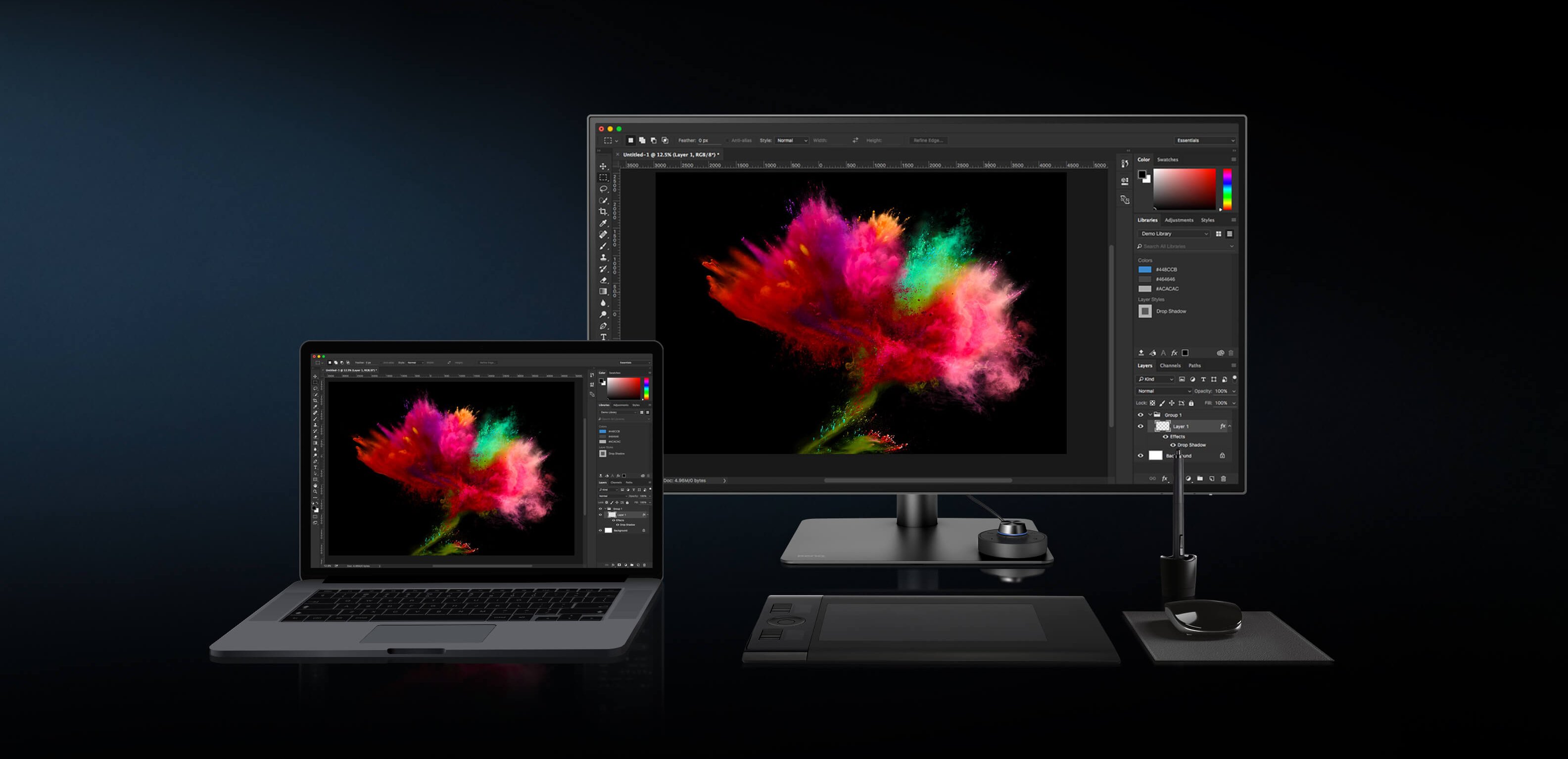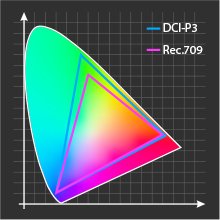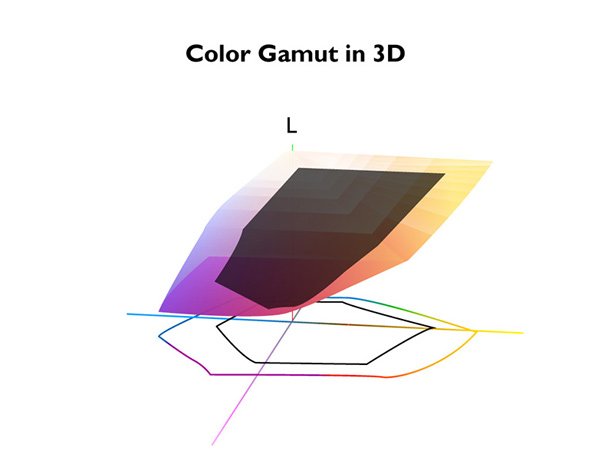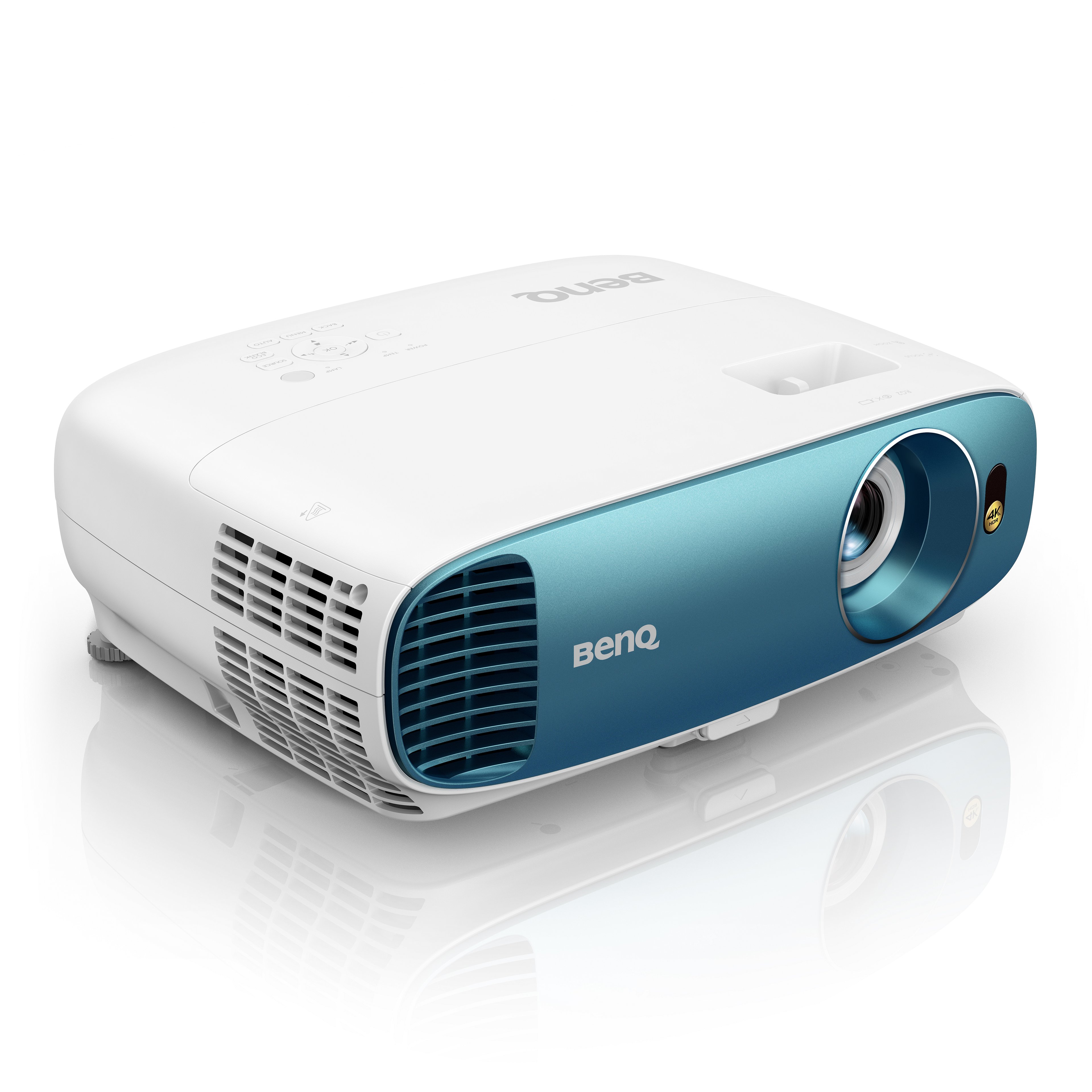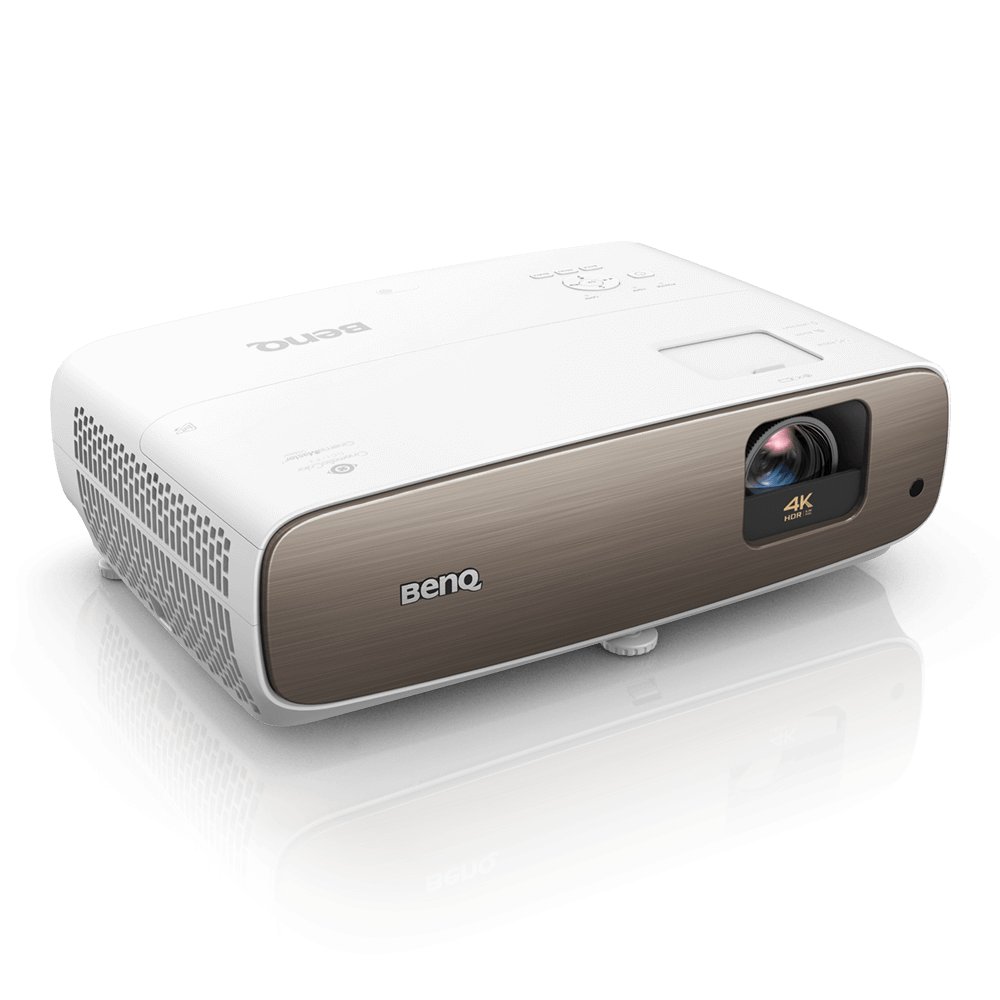There was a big jump from black and white television to color in the 1960s. Viewers were astounded to see that Lucille Ball’s hair really was red and Gilligan was marooned on a technicolor island.
Standard definition television in a 4:3 aspect ratio evolved into high definition with a 16:9 aspect ratio (like a movie screen) and a new standard was approved. Along came the ITU-R Recommendation BT.709, a.k.a. Rec.709, BT.709 and ITU709. ITU-R stands for the International Television Union Recommendation.
Rec. 709, first introduced in 1990, set the standard for high definition television in the 16:9, or widescreen, ratio. Rec. 709 controls how color space is used in HD video productions. Even though this is associated with HD resolution, it is still the most common color space for delivering higher resolutions like UHD 4K for home video content. Rec. 709 is actually the same as sRGB in regard to color gamut, meaning all HDTVs and monitors should be able to accurately display the gamut, or range of colors, in the color space.
For many years the main color gamut that had been used for producing almost all consumer content for digital cameras, HD TVs, the internet, and computers, including photos, videos, and movies was the dual standard of sRGB/ Rec. 709. For the viewer to see accurate colors for this content on just about any consumer product, then the display or projector needs to match the standard, because otherwise, the colors will then appear “wrong” and also be either too saturated or under-saturated.
